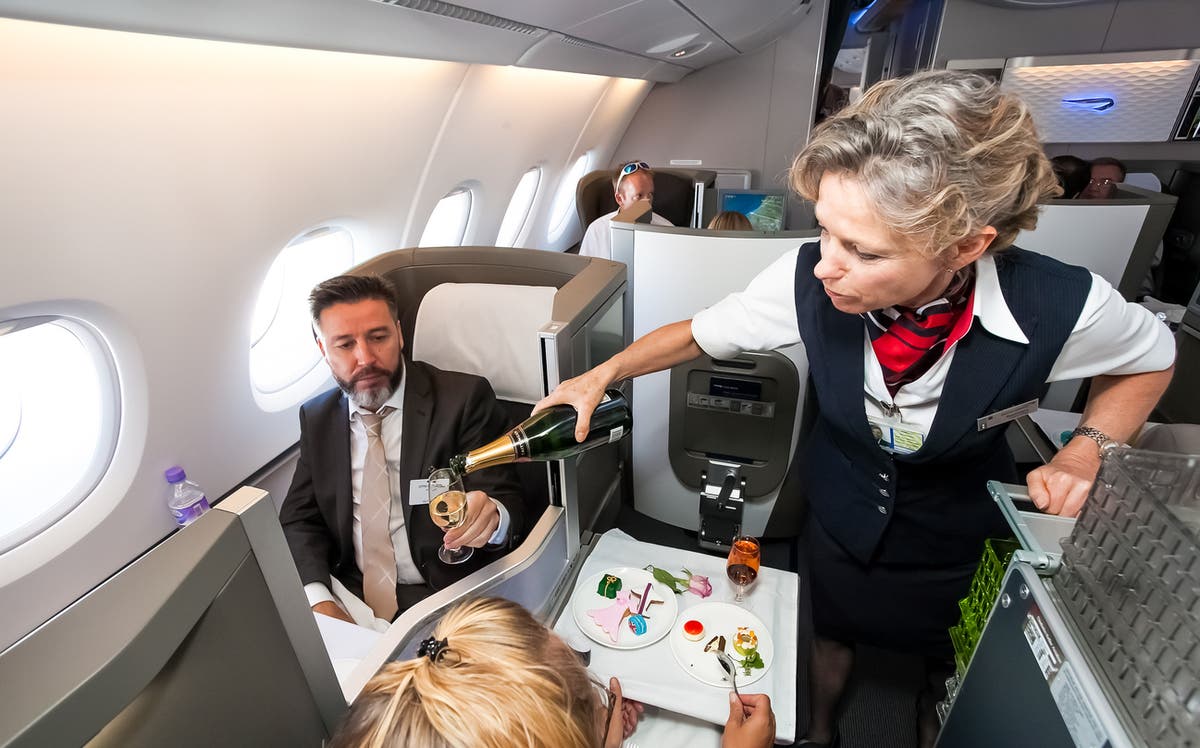IPS Is Like GPS’ More Accurate, Indoor Cousin
Indoor positioning systems (IPS) are going to change the way we navigate spaces.


Credit: Spotmatik Ltd/Shutterstock
Even if most people don’t understand how GPS works, we rely on it constantly and have an appreciation for the role it plays in our lives. Global positioning makes mapping and direction programs like Google Maps work, it ensures deliveries get to us in a timely way, and is used in almost any technology that currently uses tracking, timing, positioning, or navigation. A lesser-known, similar technology that uses more localized reference points, called indoor positioning systems (IPS), is helping map the inside of spaces, too.
How are GPS and IPS different?
There’s a reason people talk about GPS when referencing IPS, so it helps to start with understanding of how GPS works. Many countries have satellites that orbit the earth specifically for the purpose of GPS. These satellites send and receive signals from objects on Earth and at a very basic level, track the time and distance of that object between the satellites. In doing so, they create a map of objects and their relative location and distance from one another, and how long it takes them to move.
GPS is hard to use inside of spaces because signals may be weaker due to interference from buildings. Also, as accurate as GPS is, it has an accuracy of 7 meters (22 feet). 22 feet of space might not matter much in terms of the accuracy of your DoorDash delivery, but it can matter a lot when it comes to finding a product in an aisle of Ikea or the right room in a hospital. Since people need help navigating indoors as well as outside, a more accurate system is helpful. That's where IPS comes in.
In a similar way to GPS, IPS uses smartphones and other smart devices as the tracked objects in question, and then uses bluetooth, wifi, and any other possible indoor signal to measure the time and distance of the smart device from points in a space. The more points it can track, the more accurate the IPS can be.
It's also possible to tag people or objects with wearable tracking devices, like NFC or RFID tags, to make it easier to find someone or something. Imagine entering a confusing space, like a hospital, and being given a visitor badge with an NFC tag embedded. An app tracking the location of the NFC tag could direct you to the exact room you're looking for, showing your location in real time as you navigate the hallways.
IPS is already in use in places you've been
Though you may not have heard of IPS, it's already likely already been in use at places you've visited. At theme parks, for example: Disney is already using IPS technology in its parks, as is Ferrari World. And the hospital example above wasn't just an example: healthcare facilities like National Taiwan University Hospital already have IPS in place throughout the world, not just to help patients find spaces, but to track patients themselves, including infants. Malls like Canary Wharf in London are another example. Airports, convention centers, zoos, large offices, and even underground transportation hubs like subways can and already are using IPS.
While it's possible to use IPS to observe the traffic patterns of people going through an airport in real time, the accuracy that IPS offers can also help plan for better flow of human traffic in the future. If the data shows people clustering in one space in a store but no products being purchased from that area, for example, managers can investigate what the problem might be and correct it. The data can help users navigate, but it can also be a powerful tool for the businesses managing the spaces themselves.

 UsenB
UsenB 































